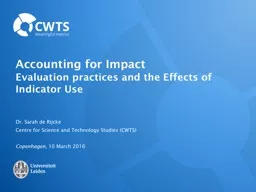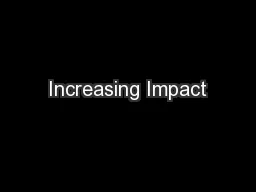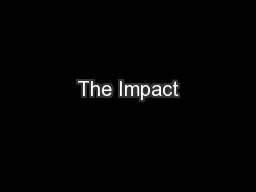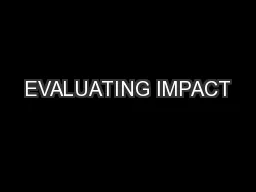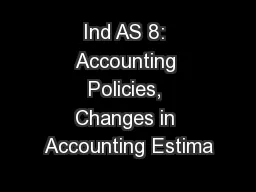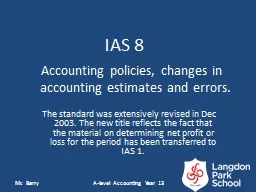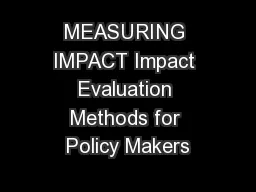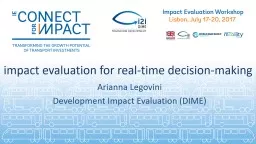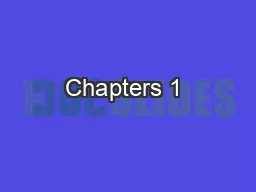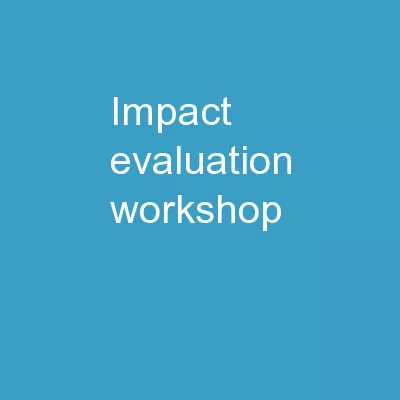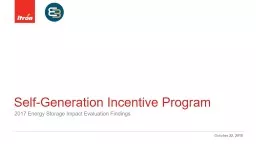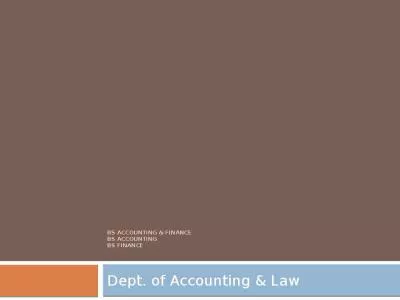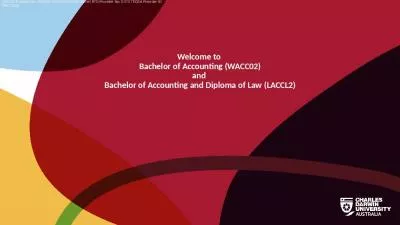PPT-Accounting for Impact Evaluation
Author : yoshiko-marsland | Published Date : 2018-02-14
practices and the Effects of Indicator Use Dr Sarah de Rijcke Centre for Science and Technology Studies CWTS Copenhagen 10 March 2016 Formative effects of
Presentation Embed Code
Download Presentation
Download Presentation The PPT/PDF document "Accounting for Impact Evaluation" is the property of its rightful owner. Permission is granted to download and print the materials on this website for personal, non-commercial use only, and to display it on your personal computer provided you do not modify the materials and that you retain all copyright notices contained in the materials. By downloading content from our website, you accept the terms of this agreement.
Accounting for Impact Evaluation: Transcript
Download Rules Of Document
"Accounting for Impact Evaluation"The content belongs to its owner. You may download and print it for personal use, without modification, and keep all copyright notices. By downloading, you agree to these terms.
Related Documents

